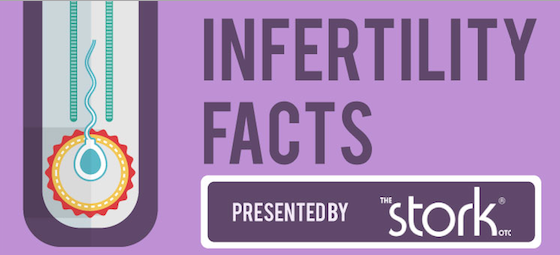 Photo: Getty Images
Photo: Getty Images
Assisted Reproductive Technology (ART) is a procedure that usually involves removing eggs surgically from the ovaries. The eggs are combined with sperm and then returned to the woman's body, or to the body of a woman to whom they are being donated.
The first ART was in vitro fertilization (IVF), which was introduced in 1981. Since that time, ART has been responsible for more than 30,000 live births each year that occur in the U.S., or 1 percent of all U.S. live births.
ART procedures will most often be used in situations that involve tubal factor infertility, problems with ovulation, problems with ejaculation like low sperm count or low motility or movement, or infertility that is due to unknown causes.
A woman taking part in ART needs to have a healthy uterus. She needs to have an ovary that is accessible. She must not be experiencing any signs of menopause.
In vitro fertilization (IVF) extracts multiple eggs from the ovaries, fertilizes them with the partner's sperm, then implants them again into the uterus. IVF is one of the most common ART treatments.
IVF treatment procedures are about 25 to 35 percent successful per treatment cycle.
Intracytoplasmic Sperm Injection (ICSI) isolates one sperm from the partner to fertilize the woman's eggs. After fertilization, the embryo develops a few days and is then implanted into the uterus.
ICSI treatments success rates run about 20 percent per cycle.
Gamete Intrafallopian Transfer (GIFT) collects eggs and sperm, mixes them in tiny cylinders like straws, and then inserts this mix into the fallopian tubes. Fertilization can then take place inside the woman's body rather than outside as with other ART procedures.
GIFT tends to have about a 24 percent success rate per cycle.
Zygote Intrafallopian Transfer (ZIFT) is much like GIFT. The difference is that fertilization happens before insertion into the fallopian tubes.
ZIFT's success rate is about 29 percent per cycle.
These numbers indicate one pitfall associated with ART. The success rate offers no guarantees of achieving a pregnancy.
Added to this, often it takes more than one ART cycle for a pregnancy to result so the final cost can be very high.
Multiple embryos are frequently created which makes for a greater chance of multiple pregnancy. So the couple needs to have considered whether or not they are prepared for a multitude of babies, as well as the usual risks that come with multiple pregnancies like possible premature delivery, low birth weight, and other complications.
Resources:
Treating Infertility: Assisted Reproductive Technology (ART)
http://www.sharedjourney.com/art.html
Assisted Reproductive Technologies (ART)
http://www.docshop.com/education/fertility/treatments/art
What is Assisted Reproductive Technology?
http://www.cdc.gov/art
Fertility Journey
http://www.fertilityjourney.com/exploring-therapy-options/assisted-reproduction/assisted-reproductive-technologies-art/index.asp
Visit Jody's website and blog at http://www.ncubator.ca and http://ncubator.ca/blogger






Add a CommentComments
There are no comments yet. Be the first one and get the conversation started!